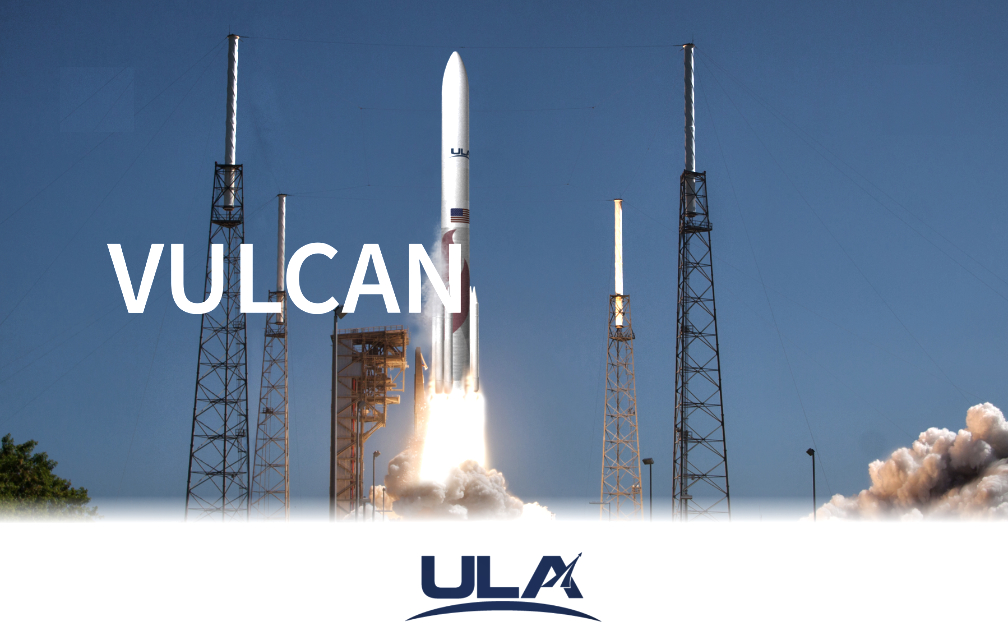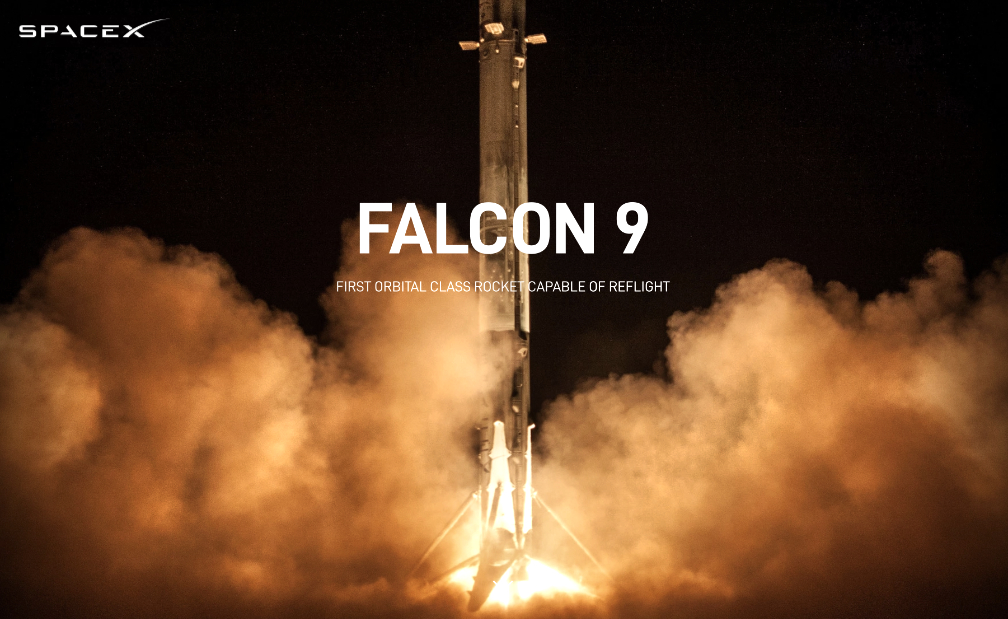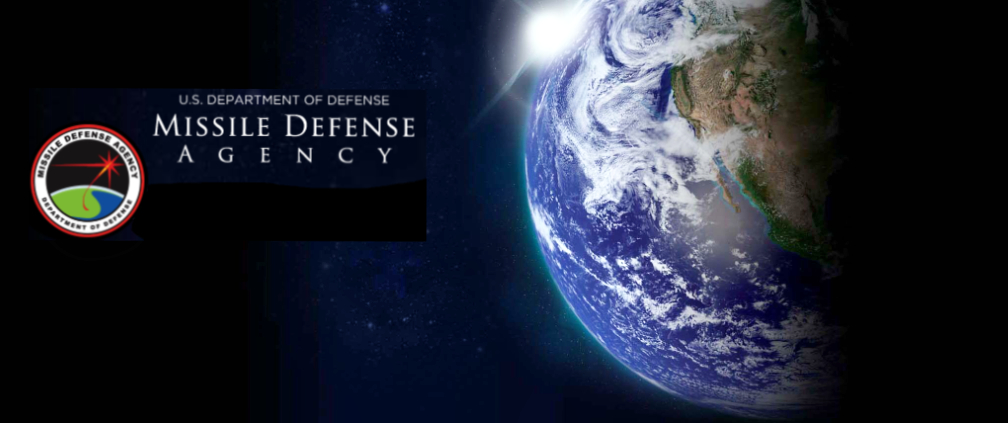
Space Systems Command (SSC) ordered eight National Security Space (NSS) launch services under the National Security Space Launch (NSSL) Phase 2 Launch Service Procurement contract today; five to United Launch Alliance (ULA) for GPS III-7, USSF-23, USSF-43, WGS-11+, and USSF-16 using the Vulcan Centaur launch vehicle, and three to Space Exploration Technologies Corp (SpaceX) for USSF-124, USSF-62, and one SDA-Tranche 1 mission using the Falcon 9 launch vehicle.

The distribution of missions between ULA and SpaceX is determined by the competitively awarded Phase 2 Contract launch service distribution requirements, which approximates a 60/40 split. These missions are planned to launch over the next two years and focus on a multitude of mission areas.
USSF-124 is a mission being conducted with SSC partners at Missile Defense Agency. It will be launched onboard a Falcon 9 rocket from the eastern range into LEO. The USSF-62 mission, to be launched onboard a Falcon 9 rocket from the western range into a polar orbit, includes the first Weather System Follow-on (WSF) satellite. The GPS III-7 mission is the seventh of ten projected GPS III missions, planned for launch onboard a Vulcan Centaur rocket from the eastern range into MEO.

USSF-16, USSF-23 and USSF-43 are classified missions to be launched onboard Vulcan Centaurs from the eastern range. The Wideband Global SatCom (WGS-11) mission is the last mission in the series and will be launched onboard a Vulcan Centaur from the eastern range into a geosynchronous transfer orbit. The SDA mission is the first of six missions launched by the Space Development Agency (SDA) for the Tranche 1 Transport Layer. It will be launched onboard a Falcon 9 rocket from the western range into a polar orbit.

“This action represents the crucial role the Space Force plays in putting vital space capability successfully into orbit to meet the emerging threat,” said Brig. Gen. Stephen Purdy, SSC Program Executive Officer, Assured Access to Space. “Now, more than ever, we must do everything in our power to ensure each National Security Space launch is successful; it’s the best way to stay ahead of our adversaries in the near term. We launch the nation’s “eyes and ears,” secure communications, GPS, and Space Awareness that provide our warfighters and national decision-makers with the vital information they need to protect our nation and allies.”
“We work closely with our launch service providers and mission partners to ensure launch capability exists to get our critical payloads to orbit on-time and without failure,” said Col. Chad Melone, Chief Launch Procurement and Integration Division, SSC. “ULA and SpaceX have highly capable launch systems and we have full confidence that they will meet our needs for the eight missions we ordered today.”

Space Systems Command (SSC) is the U.S. Space Force field command responsible for rapidly developing, acquiring, equipping, fielding and sustaining lethal and resilient space capabilities. SSC mission capability areas include launch acquisition and operations, communications and positioning, navigation and timing (PNT), space sensing, battle management command, control and communications (BMC3), and space domain awareness & combat power. SSC is headquartered at Los Angeles Air Force Base in El Segundo, Calif.
